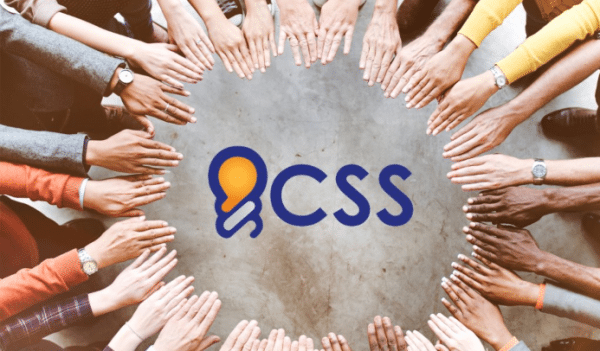
If you utilize skilled contingent labor, you probably know that Statement of Work (SOW) engagements are on the rise. SOW arrangements are as vast and as varied as the companies that utilize them but generally speaking, an SOW employee is hired on a per-project basis and the company pays only for the finished product. There are typically milestones, deliverables and deadlines involved in an SOW arrangement, giving the employer some control over the process, similar to paying someone to redo your kitchen. You tell them what you want, settle on a price and a timeline, pay your bill and enjoy the final result.
As with all contingent labor, there are risks to hiring SOW employees but there are also many benefits – if you take the right approach.
“A successful SOW Implementation will result in the client’s ability to realize a truly complete picture of their contingent labor workforce. Tracking SOW resources and their project allocations along with SOW invoice approval and spend data affords our clients the opportunity to be a thoroughly educated consumer of either fixed fee, milestone based or hourly Professional Services,” Says Stacie Bernek, CSS vSource Program Manager.
The Benefits Of SOW Employees
More and more employers are hopping on the SOW train in order to recognize benefits like:
- Accessing highly skilled professionals for a single project and close skill gaps
- Controlling rising costs, especially costs incurred under the Affordable Care Act
- Managing salary budgets; SOW workers are often paid out of the project budget
- Paying a fixed price for a result rather than a variable price for labor
- The ability to scale a workforce up or down quickly in the face of change
The key to working effectively with SOW employees to be able to let go. With traditional temporary or contract employees, managers have control over the worker’s hours and how they spend their time. In an SOW arrangement, the company is only paying for the result, which means they cannot have control over an SOW employee’s daily activities and progress.
Managing The Risks Of SOW Employees
The benefits that SOWs bring to the table can only be realized if employers know how to manage them. There is a lot of risk involved in an SOW engagement, and mismanagement at any step in the process can lead to project failure.
The best choice for employers is to get support from a managed service provider (MSP) for the entire SOW lifecycle from developing and managing the RFP process, to onboarding, through milestone compliance and finally, offboarding. An effective MSP helps employers identify trends to forecast future needs and costs. This is critical for projects that require specific, high-level in fields like technology, where the market has become extremely tight and the skill gap has become extremely wide in recent years.
MSPs can also assist in the management of the SOW employees throughout the project. SOWs often work offsite, and it is difficult to measure their impact on the in-house workforce. Since they are not bound by an hourly schedule, managing workflow around the SOW can also be a challenge for many managers.
The whole purpose of an SOW engagement is to realize cost savings associated with fixed, up-front costs. Strategic management that includes planning, reporting, employee control and benchmarking is the only way to ensure that the project goes smoothly and ultimately provides those cost savings while yielding the desired result. Effective MSPs have the tools, skills and knowledge to help mitigate the risks of SOW employees.
If you are ready to realize the business benefits of working effectively with SOWs, choose an experienced MSP that can help you achieve your goals. CSS vSource is an independent arm of Contemporary Staffing Solutions that offers vendor-neutral and priority customized solutions. Call us today at 610-832-2500 to learn more or to set up a free consultation.
